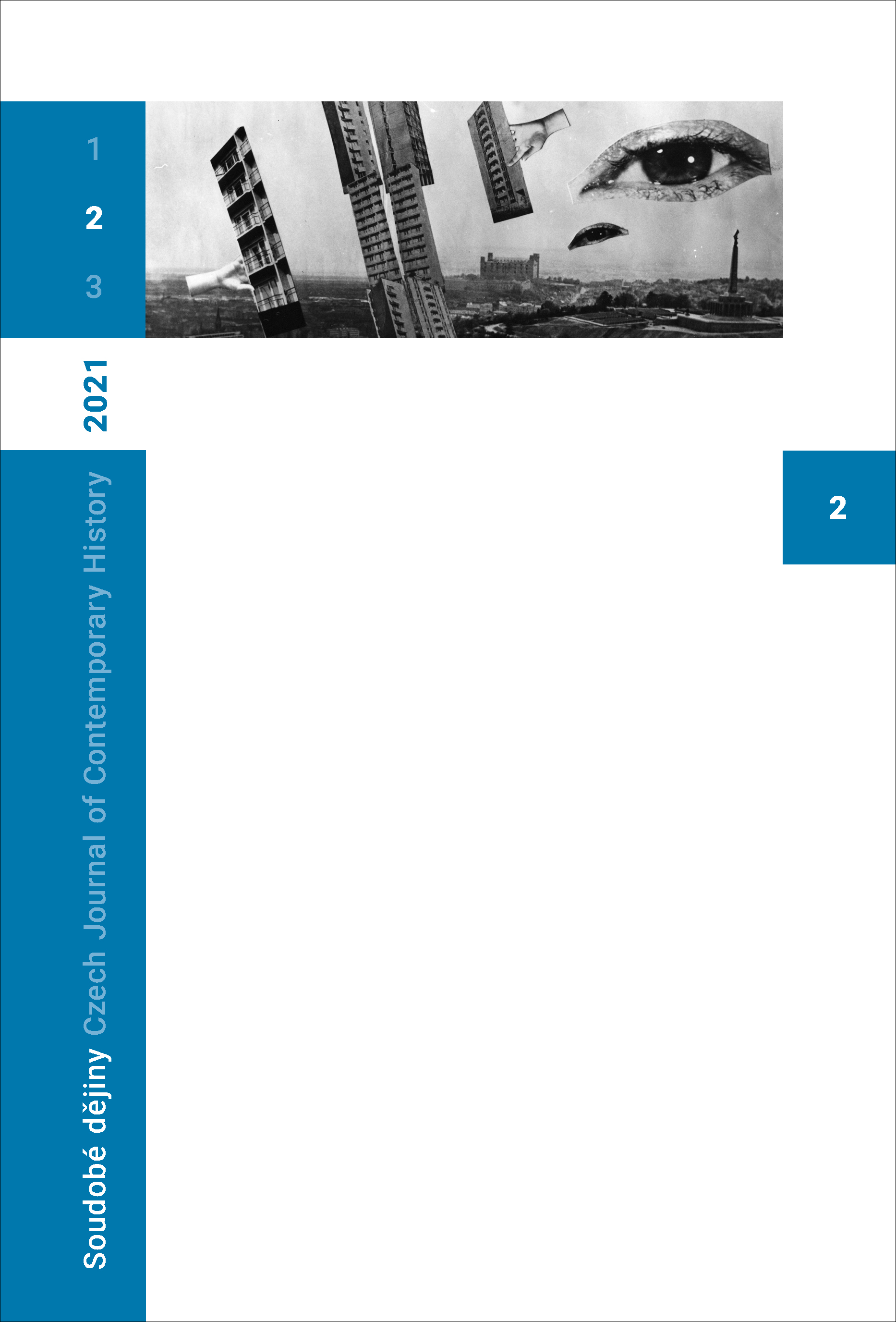Transformácia českého robotníctva od nacizmu k socializmu
Transformation of Czech Labour from Nazism to Socialism
Author(s): Adam ŠumichrastSubject(s): Economic history, Political history, Social history, Interwar Period (1920 - 1939), WW II and following years (1940 - 1949), Fascism, Nazism and WW II, Book-Review
Published by: AV ČR - Akademie věd České republiky - Ústav pro soudobé dějiny
Keywords: Czech lands;Czechoslovakia;industrial workers;trade unions;labour;strikes;social policy;Protectorate of Bohemia and Moravia;Second Czechoslovak Republic;Third Czechoslovak Republic;Post-War
Summary/Abstract: For some period after the fall of the Communist regime in Czechoslovakia, the history of workers and the labour movement have been marginalized in the local historiography. The reviewer notes with gratitude that with the publishing of the extensive synthetic work of Dušan Janák, Stanislav Kokoška and a team of their collaborators entitled "Průmyslové dělnictvo v českých zemích v letech 1938–1948" [Industrial Workers in the Czech Lands in 1938–1948] (Prague, Ústav pro soudobé dějiny AV ČR, v. v. i., 2019) this situation changes considerably. The publication captures the transformation of Czech labour during the critical decade from the end of the First Republic to the establishment of the communist regime, which included six months of the authoritative Second Republic, six years of German occupation in the Protectorate of Bohemia and Moravia and three years of a limited democracy in the Third Republic. The fairly comprehensive narration describes, among other things, the organization of industrial workers and the development of trade unions, their relationship with the changing political regimes and employers, the social policy towards the workers, the workers’ position in enterprises or the strike movement. The reviewer partly challenges the text’s division into two parts dealing separately with the periods of the Protectorate and the Third Republic, which does not encourage comparative thinking on the issue and tracing long-term continuities, and points to the conceptual inconsistency in their elaboration. However, the book summarizes the existing knowledge of the issue and provides a great deal of information from archival research.
Journal: Soudobé Dějiny
- Issue Year: XXVIII/2021
- Issue No: 2
- Page Range: 526-531
- Page Count: 6
- Language: Slovak

